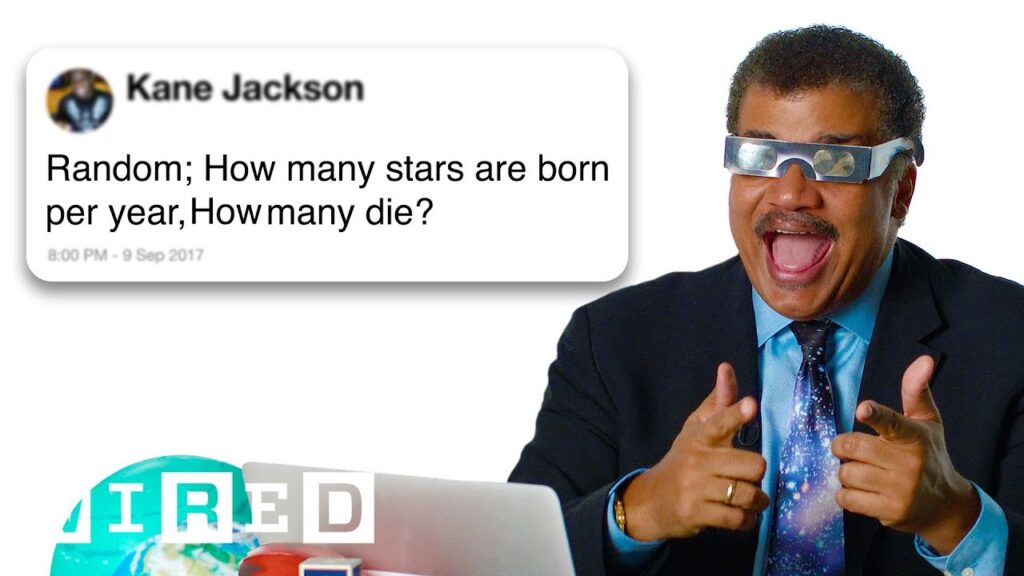The Power of Maps in Communicating the Urgency of Climate Change
Summary
Climate change is an unprecedented threat to humanity, but it can be challenging to relay its severity to the general public. Matt Fitzpatric created an interactive map that showcases what the future climate of various cities might be. The map demonstrates that maps can help comprehend the threat of climate change. It shows the current location that is similar to a city’s future climate for each city in North America, depending on different futures, one without change in behavior and fossil fuel use, and the other with the reduction of emissions. Fitzpatric shares that it is challenging to communicate climate change to the public because of misinformation. The map demonstrates the effects of rising temperature and rainfall due to climate change on various cities, as well as the ecological effects such as the migration of organisms and diseases. Fitzpatric recommends that individuals contribute to the solution by using renewable energy sources and reducing their carbon footprint.
Table of Contents
- The Challenge of Communicating Climate Change
- What the Map Shows
- Generalizable Trends in Climate Change
- Implications for Public Health and Policy
- The Importance of Considering Climate Change and Rainfall
- Ecological Effects of Climate Change
- Taking Action against Climate Change
The Challenge of Communicating Climate Change
Climate change is a complex topic, and one of the significant challenges is the amount of misinformation out there. The public sees, reads, and hears all sorts of things that are presented as facts, when they are not. Scientists’ work often comes under attack, despite the robust nature of scientific research. Fitzpatric shares that the approach of communicating personal value, personal experience, and personal stories that people can relate to is preferable to abstract terms.
What the Map Shows
The interactive map created by Fitzpatric shows the current location that corresponds to a city’s future climate, depending on two different scenarios, one with no change in behavior and fossil fuel use, and the other with the reduction of emissions. The map covers 540 cities in North America.
Generalizable Trends in Climate Change
The map indicates that the eastern half of North America or the south is the closest match for most cities. Cities in the east will experience climates similar to those found in the south or southwest. This will particularly impact cities that experience four seasons, including snowy winter. On the other hand, the west is more complicated due to the terrain, particularly the mountains. Fitzpatric points out that precipitation tends to be more seasonal in the west, with winter precipitation and drought in the summer.
Implications for Public Health and Policy
The map highlights potential implications for public health as cities experience different climate patterns. Fitzpatric explains that cities projected to have warmer climates, such as San Francisco, will require more residences to have air conditioning in the future. He also suggests that public health officials can use the map to anticipate and prepare for the increased frequency of heatwaves and higher temperatures in their areas, particularly for their most vulnerable populations. Fitzpatric emphasizes that the most significant impact of climate change might be the changes in rainfall, particularly in areas that rely on freshwater.
The Importance of Considering Climate Change and Rainfall
Fitzpatric talks about several studies that focus on temperature while downplaying the importance of rainfall in climate change. Freshwater is a vital resource, and large and abrupt changes in rainfall will affect people’s infrastructure that relies on this resource. He explains that as climate changes, organisms, including animals and insects, will move around to find their preferred climate data, with some of these organisms being disease vectors. As a result, humans will experience direct effects from changes in disease vectors.
Ecological Effects of Climate Change
Fitzpatric highlights that climate is an important determinant factor in what organisms live where. Organisms will move around when the environment and climate change. Fitzpatric predicts greater occurrences of certain mosquito species carrying diseases, for instance, occurring in different areas affected by climate change.
Taking Action against Climate Change
Fitzpatric stresses that all individuals contribute to climate change, and they can all contribute to the solution. Individuals can switch from fossil fuel sources to renewable energy sources to affect change. Fitzpatric recommends supporting policies that favor the reduction of emissions, such as carbon taxes. Further, individuals can influence their communities and policymakers to take action against climate change.
Conclusion
The interactive map created by Fitzpatric demonstrates the power of maps in communicating the urgency of climate change. The map highlights different cities around North America and their climate future. Climate change impacts individuals, cities, public health, freshwater sources, and ecosystems worldwide. The map serves as a call to action for all individuals to contribute to changing the effects of climate change.







